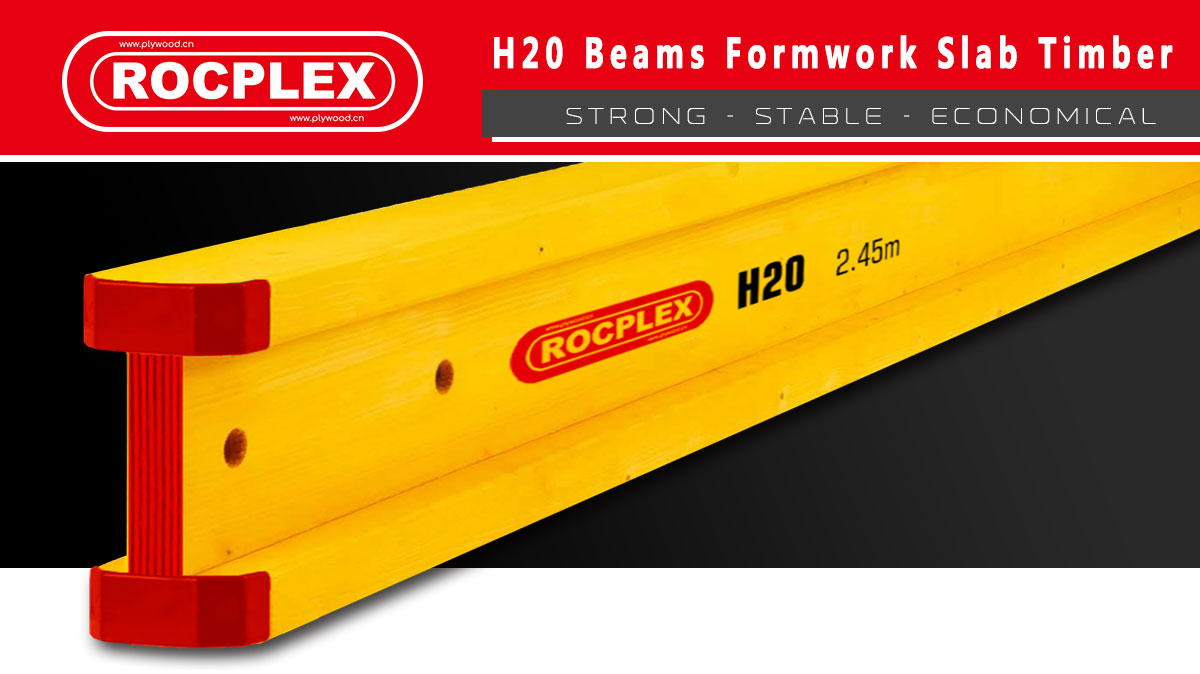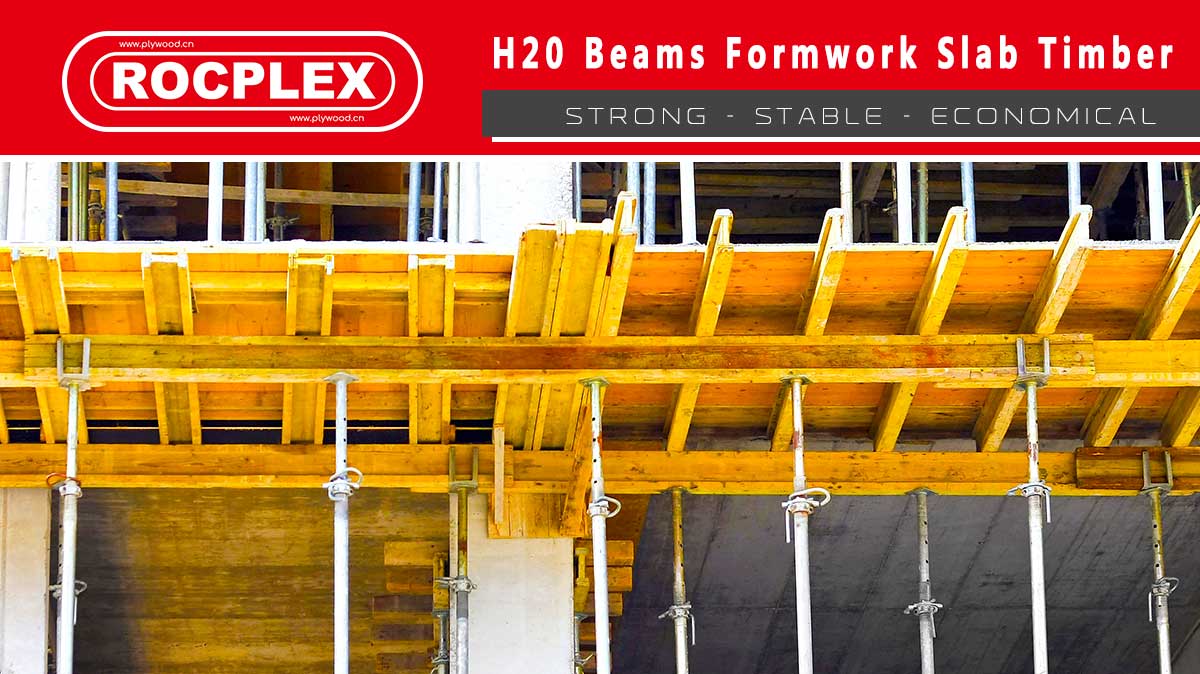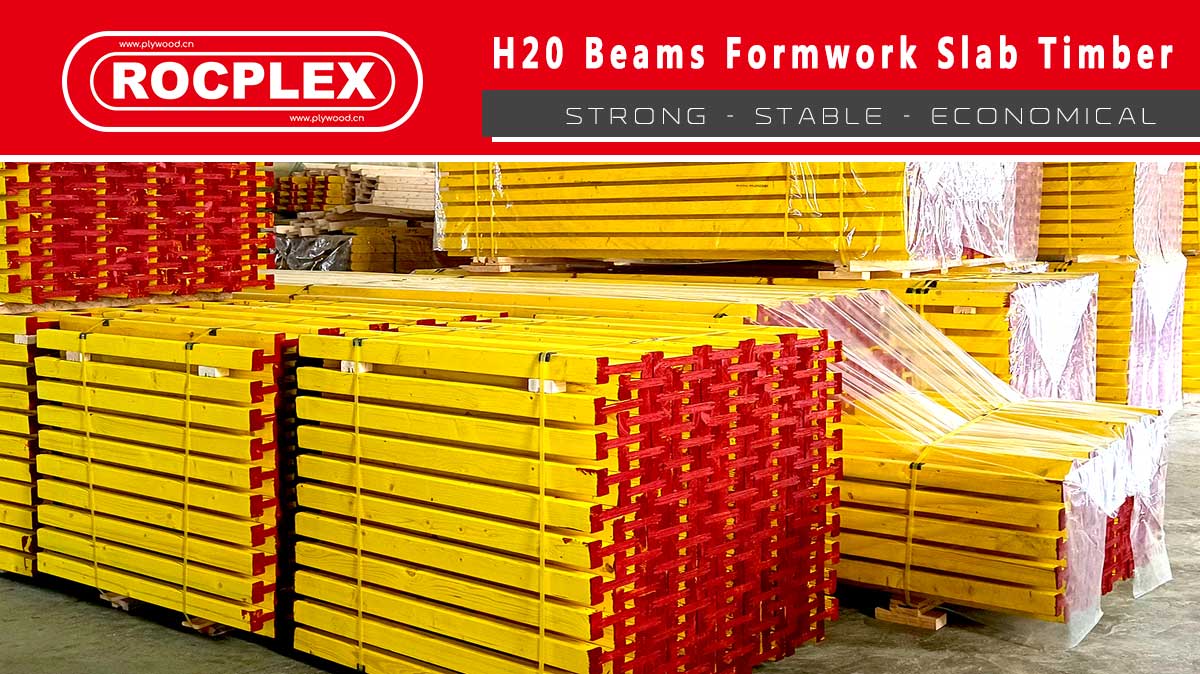What is H20 Wood Beam?
The H20 Wood Beam, a cornerstone in contemporary construction technology, stands out for its strength, durability, and adaptability. These beams are used extensively in forming and supporting structures, particularly in concrete molding and shoring applications. Along with synonyms like Wood H beam, H20 Concrete Formwork Beam, and beam H20, the Slab H20 beams has become integral in various building projects, ranging from small residential constructions to large commercial developments.

The Evolution and Impact of H20 Wood Beam in Construction
Historical Development and Modern Applications
H20 Wood Beam technology has evolved significantly, transitioning from basic timber beams to highly engineered components. These beams are now essential in modern construction, offering unparalleled support and versatility in a range of building scenarios.
Material Innovations and Design Advancements
Innovations in materials and design have greatly enhanced the capabilities of H20 Wood Beams. Improved wood treatments and engineering processes have resulted in beams that are not only stronger and more durable but also more sustainable.
The Role of Wood in Beam Technology
Versatility of Wood H Beam and Wood Girder
The Wood H Beam and wood girder have become synonymous with robust construction practices. Their adaptability in different construction scenarios underlines their importance in modern building, where they are used for everything from load-bearing applications to aesthetic architectural elements.
Beam H20: Combining Strength with Sustainability
Beam H20 represents a perfect blend of strength and environmental responsibility. Its use in construction reflects a growing trend towards sustainable building practices, offering an eco-friendly alternative to traditional construction materials.
Enhancing Construction Efficiency and Safety
Improving Project Timelines and Precision
The use of H20 Wood Beams significantly improves construction timelines. Their ease of handling and installation means faster project completion while maintaining high precision and quality standards.
Safety and Reliability in Construction
The reliability and strength of H20 Concrete Formwork Beam are paramount in ensuring construction safety. Their consistent performance is crucial in preventing structural failures, making them a trusted choice in various building projects.
Economic and Environmental Advantages of Using H20 Wood Beam
Cost-Effectiveness in Construction Projects
The H20 Wood Beam offers significant economic benefits in construction. Its durability and ease of use result in lower labor costs and reduced time on projects. This cost-effectiveness, combined with the longevity of the beams, makes them a financially smart choice for both small-scale and large-scale construction projects.
Sustainable Building Practices
The use of H20 Wood Beams aligns with the global trend towards sustainable construction. Sourced from renewable timber, these beams represent a greener alternative to more resource-intensive materials. Their production involves eco-friendly processes, contributing to a reduced carbon footprint in the building industry.
Integration of Technology in H20 Wood Beam Design and Application
Advancements in Digital Construction Techniques
The integration of digital technologies, like Building Information Modeling (BIM), has enhanced the design and application of H20 Wood Beams. This technology allows for precise planning and customization, ensuring optimal use of materials and resources in construction projects.
The Future of Material Engineering in Beam Technology
Ongoing innovations in material engineering promise to further enhance the quality and performance of H20 Wood Beams. Future developments might include even stronger and more resilient wood treatments and composites, elevating their application potential in the construction sector.
Global Market Trends and Demand for H20 Wood Beam
Growing Market Demand and Expansion
The demand for H20 Wood Beams is on the rise globally, driven by the construction industry’s growing preference for sustainable and efficient building materials. This trend is particularly strong in regions experiencing rapid urbanization and infrastructural development.
Economic Impact on the Construction Industry
The increasing adoption of H20 Wood Beams has a significant economic impact on the construction industry. It not only creates market opportunities for sustainable building materials but also encourages innovation and competition among suppliers and manufacturers.
Bridging Innovation and Tradition in Modern Architecture with H20 Wood Beam
Enhancing Architectural Flexibility and Design
The H20 Wood Beam is not just a structural component; it’s a driver of architectural innovation. Its flexibility and strength enable architects to explore new design possibilities, creating structures that are both aesthetically pleasing and functionally robust.
The Role of Wood Beams in Contemporary Construction
In contemporary construction, the Slab H20 beams, along with its synonyms like the H20 Concrete Formwork Beam and wood girder, plays a crucial role. These beams allow for the creation of larger, open spaces without compromising structural integrity, catering to modern architectural trends and demands.
Educational and Professional Development in H20 Wood Beam Technology
Fostering Industry Knowledge and Expertise
As the use of H20 Wood Beams becomes more widespread, the need for specialized knowledge and skills in this area grows. Educational institutions and vocational training programs are increasingly focusing on modern formwork technologies, preparing future professionals for the evolving demands of the construction industry.
Ongoing Professional Training and Certification
Professional development programs, including workshops and certification courses focusing on H20 Wood Beam technology, are essential for keeping construction professionals up-to-date with the latest trends and techniques. These programs ensure that industry standards are maintained and that the full potential of these beams is realized in construction projects.

FAQs on H20 Wood Beam
What is the depth of H20 timber beam?
The depth of an H20 timber beam typically ranges from 200mm to 400mm, depending on the specific requirements of the construction project.
What is the strongest wood beam?
The strength of a wood beam depends on various factors, including the type of wood, its treatment, and engineering. H20 Wood Beams are among the strongest due to their design and manufacturing process.
What is the use of wooden H beam?
Wooden H beams are used in construction for load-bearing purposes, particularly in formwork and shoring applications. They provide strength and stability to structures during the building process.
What is the advantage of H-beam?
The main advantage of an H-beam is its strength-to-weight ratio, which provides robust support with less material weight. This makes it ideal for a variety of construction needs.
Which is cheaper, I-beam or H-beam?
Generally, I-beams are cheaper than H-beams. However, the choice between the two depends on the specific requirements of the construction project, as each has its unique advantages.
H20 Wood Beam: Leading the Way in Sustainable and Innovative Construction
In conclusion, the H20 Wood Beam, along with related technologies like Wood H beam, wood girder, and beam H20, represents a significant leap forward in construction technology. Its impact extends beyond functional support; it is reshaping the landscape of modern building practices. As the construction industry evolves towards more sustainable and innovative solutions. The H20 Wood Beam stands as a testament to the industry’s commitment to combining environmental responsibility with cutting-edge design and efficiency.
Post time: Dec-27-2023


